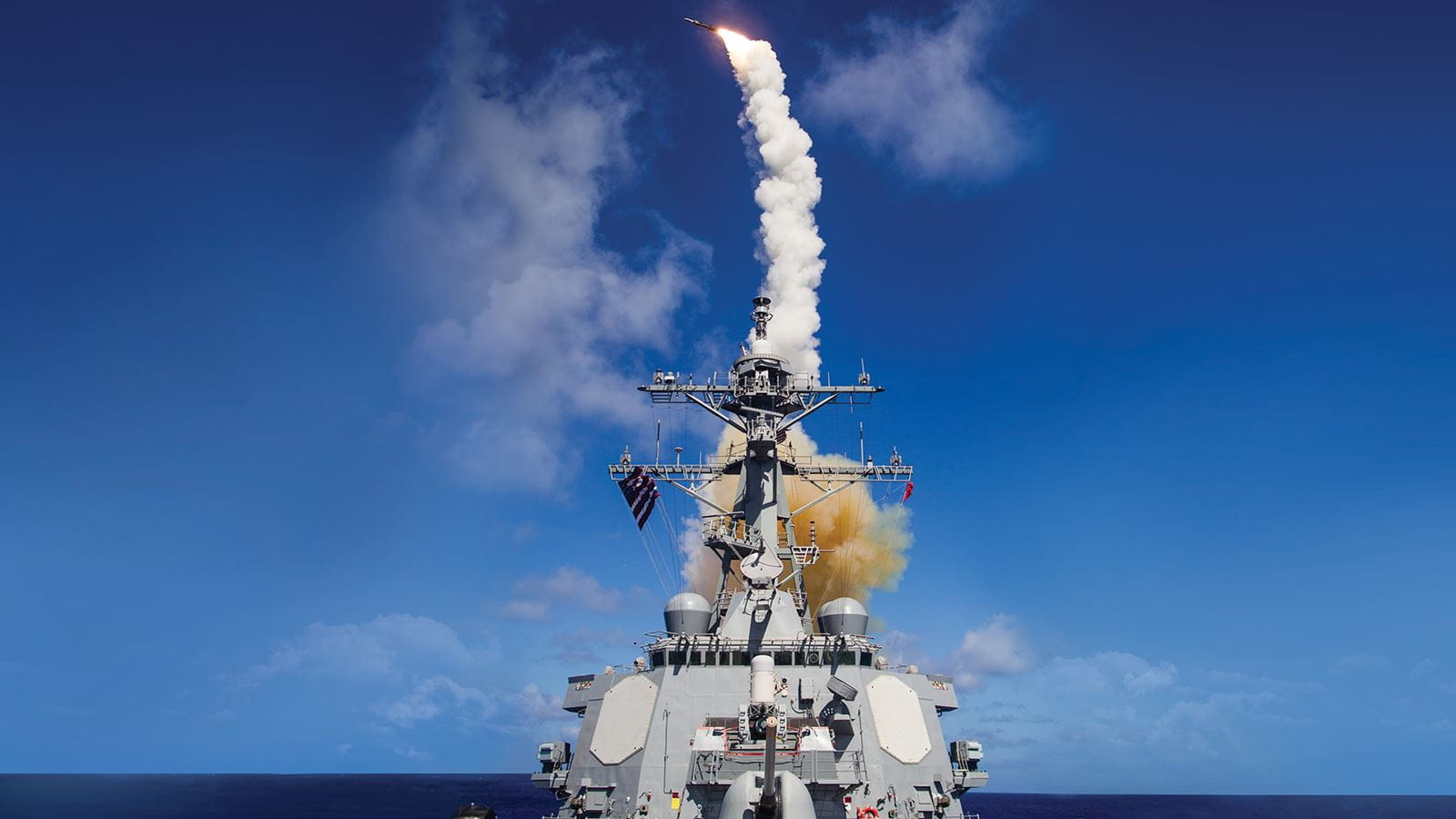Last week, United Technologies (UTX 0.65%) CEO Gregory Hayes acknowledged that his company would miss its goal of building 200 Pratt & Whitney PW1000G series jet engines in 2016. The company now expects to deliver about 150 units of the cutting-edge geared turbofan engine this year.
That's not good news for Airbus (EADSY +0.50%). While the European aircraft giant has maintained its deliveries guidance for 2016, it could have trouble executing a smooth ramp-up of A320neo production if Pratt & Whitney's production problems continue.

Engine shortages are constraining A320neo production. Image source: Airbus.
An aggressive plan
United Technologies has invested more than $10 billion to develop the new Pratt & Whitney engines, which have been highly anticipated within the airline industry. The company's geared turbofan technology provides huge fuel-efficiency improvements relative to older aircraft engines.
This has helped Pratt & Whitney gain a roughly 50% share of A320neo engine orders. (The PW1000G is also the sole engine choice for several smaller aircraft programs.) In total, the United Technologies subsidiary has a backlog of more than 7,000 geared turbofan engines.
To meet this backlog, Pratt & Whitney has planned an aggressive production ramp-up. After shipping 14 geared turbofans last year, it aimed to raise annual production to 200 this year, 400 in 2017, and 1,000 by 2020. It is slipping behind that timeline due to production issues affecting a handful of parts, most notably the fan blades.
United Technologies has also acknowledged that its 2017 engine production could be as low as 350 units, compared to its target of 400. The company hopes to make up the shortfall by 2018, but that will be challenging in light of the massive production increases already required.
Airbus holds guidance steady
Despite the geared turbofan production problems, Airbus still expects to deliver at least 650 jets this year. It plans to make up any shortfall of A320neo deliveries by building more current-generation A320s.
That shouldn't be too difficult for Airbus, because the A320neo represents a tiny fraction of overall A320-series production this year. Additionally, with fuel prices remaining low, some airlines that ordered the A320neo would be happy to take current-generation A320s instead (for the right price).
The bigger risk for Airbus is if Pratt & Whitney can't get back on schedule with its production ramp-up. Airbus plans to phase out production of the current-generation A320 by 2019 while also increasing monthly production of single-aisle airplanes by about 30% from today's level. That doesn't leave any slack for engine production shortfalls.
For now, Airbus says it is confident that Pratt & Whitney will deliver on its commitments. Pratt & Whitney is clearly working hard to get production running smoothly and it has decades of experience in the aircraft engine business. But as with any new technology, unexpected problems are a significant risk.
For United Technologies, cost is key
Lower geared turbofan deliveries could actually be good for United Technologies' bottom line this year. As of June, it cost $10 million to build each engine: far more than the typical sales price. The unit cost must eventually fall to around $2 million for Pratt & Whitney to hit its long-term margin target.
However, a smooth production ramp-up is essential for meeting this cost reduction goal. Furthermore, if getting production back on schedule proves to be costly -- either due to expensive fixes or the cost of compensating disgruntled customers -- it will make a big dent in United Technologies' cash flow, as the new engines are still years away from making a profit.
Airbus has a lot riding on the new Pratt & Whitney geared turbofan engines, but so does United Technologies. Hopefully that will lead to a swift solution to the early production hiccups.






